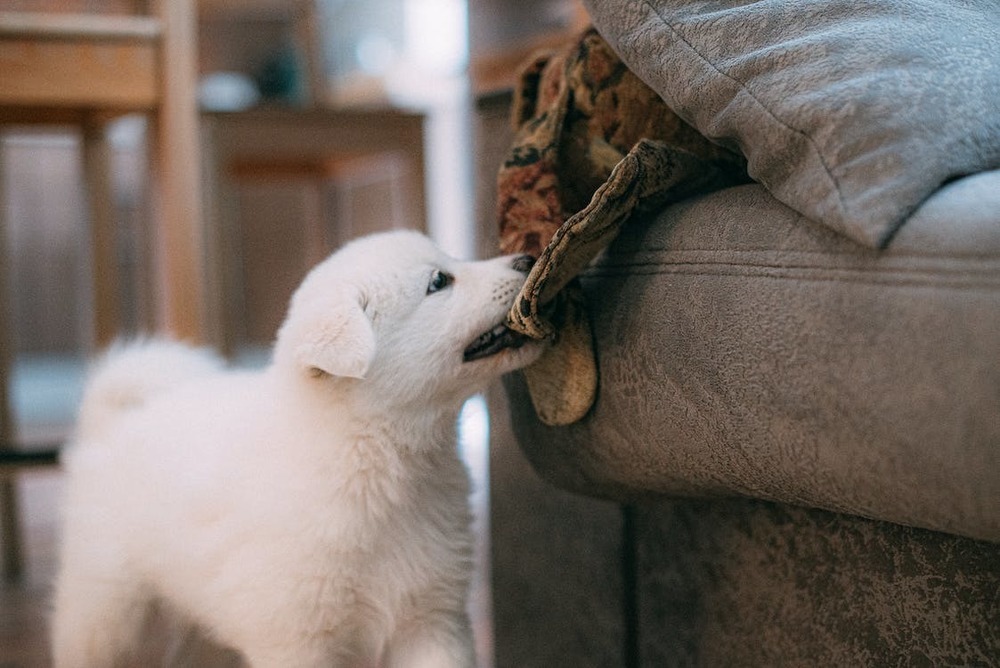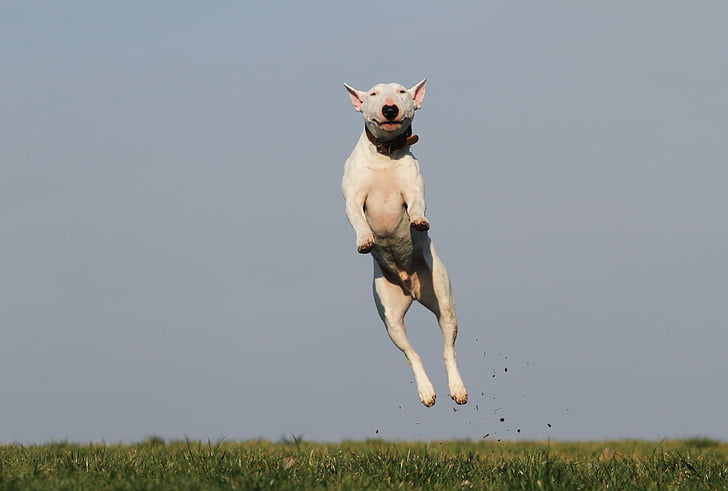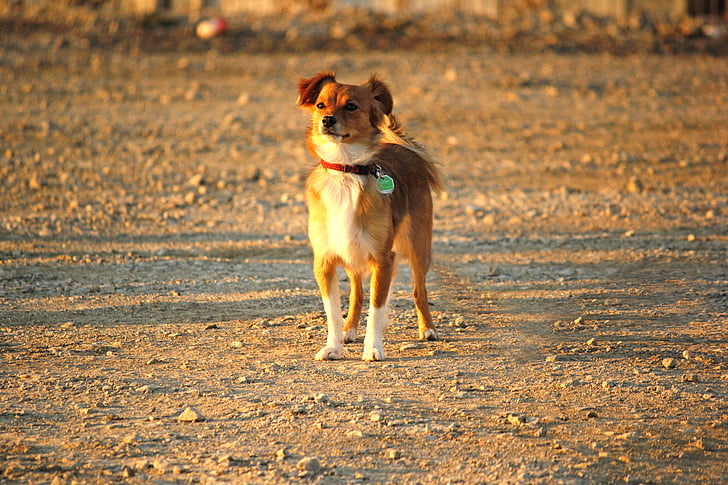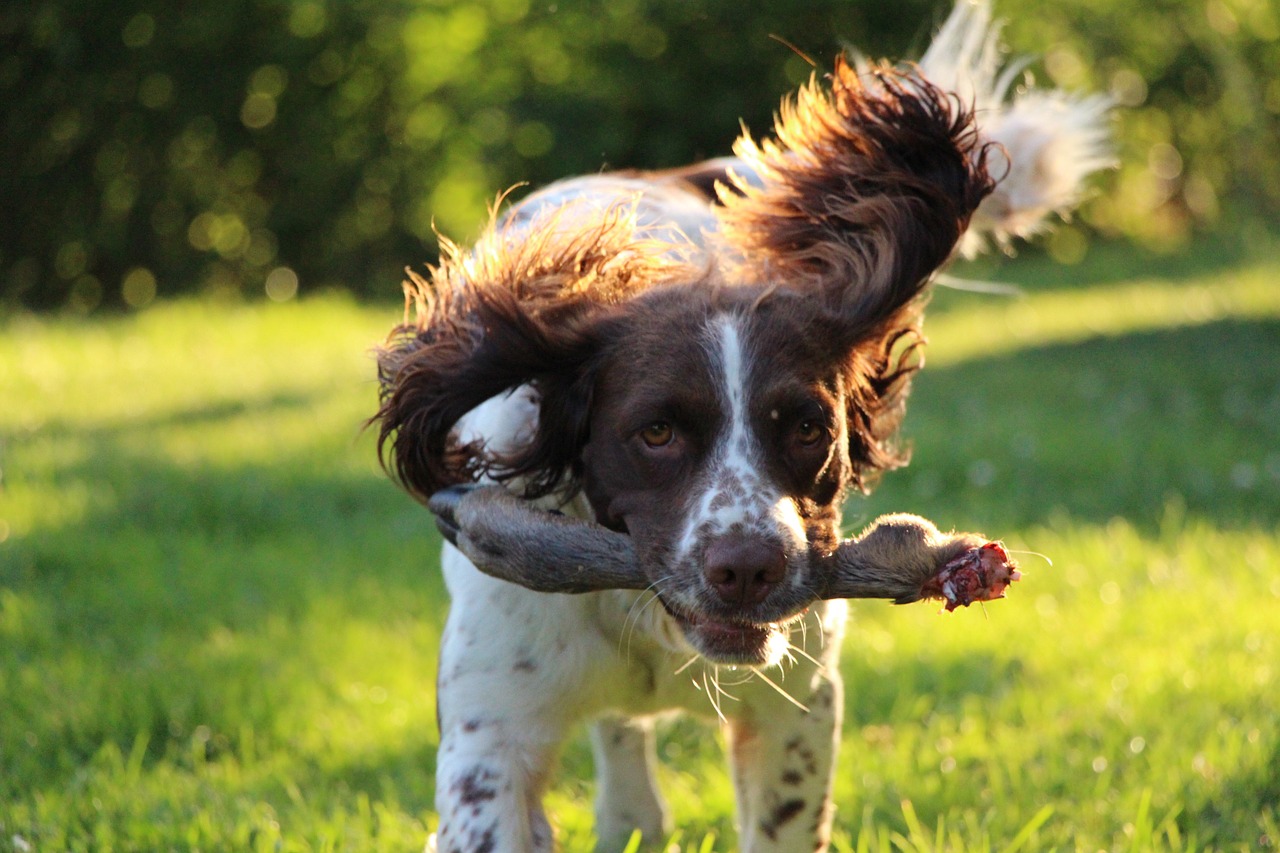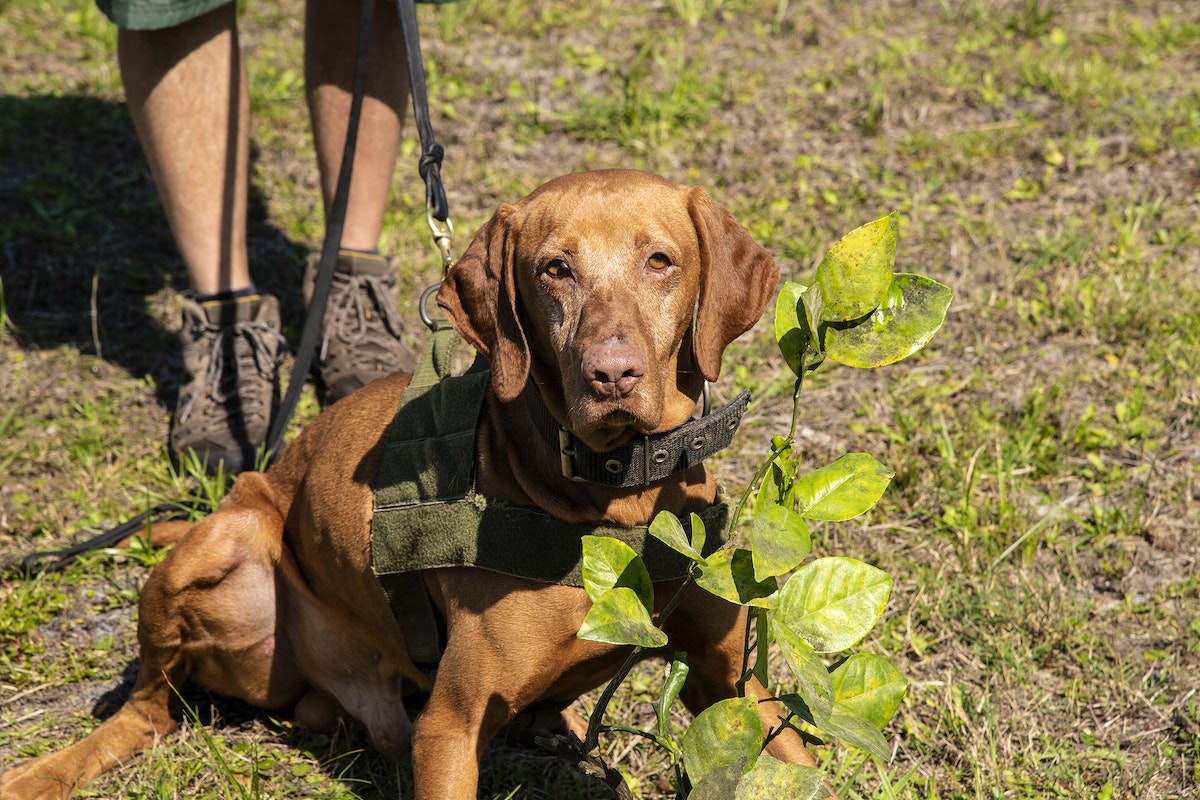Sofa Covers and Dog Training: A Stylish Solution for Pet-Friendly Homes
For pet owners, maintaining a stylish living space while ensuring the well-being of furry companions can be a delicate balancing act. Enter sofa covers – a practical solution that protects your furniture and aids in dog training.
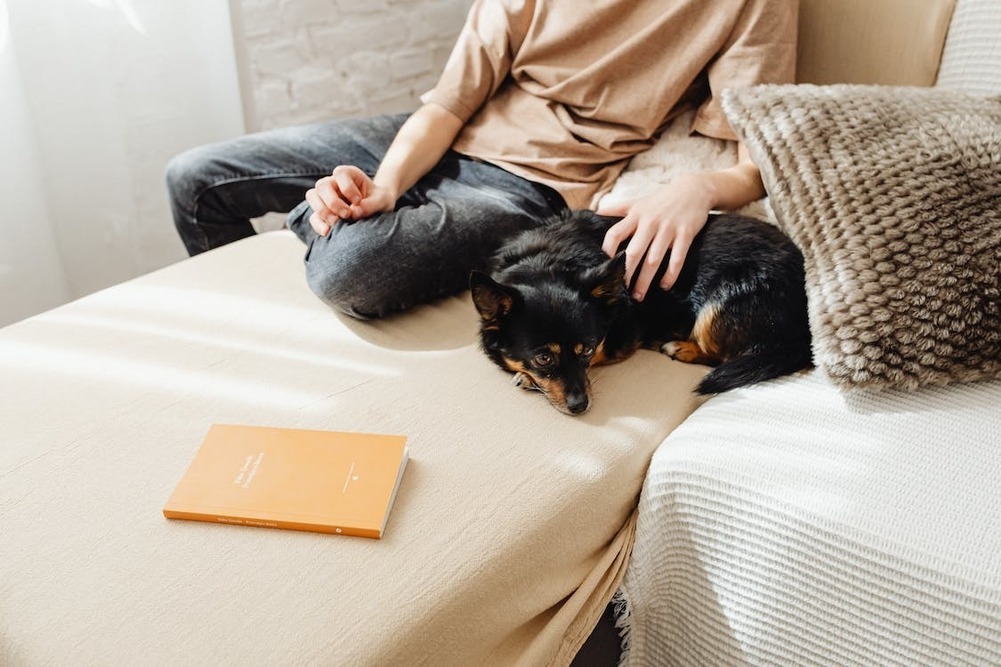
Embracing Durability and Style with Ikea Couch Covers
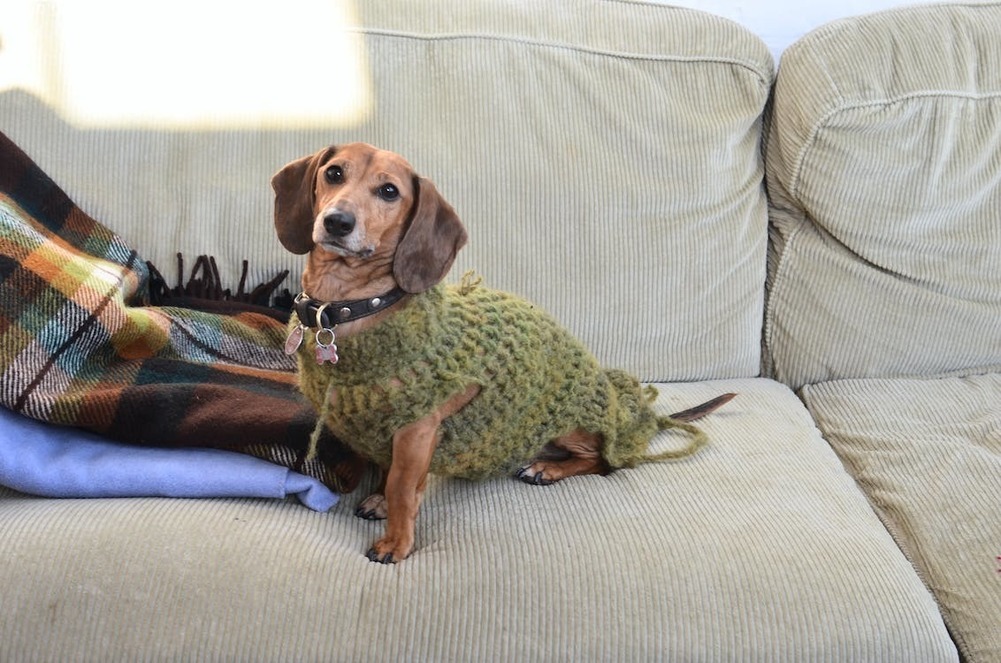
Sofa covers act as a barrier, shielding your beloved couch from scratches, stains, and fur accumulation. This protective layer offered by Ikea couch covers becomes valuable during dog training, especially for young pups prone to playful mischief. Covering your sofa with a durable, and washable fabric creates a designated space for your furry friend to learn appropriate behaviour, reinforcing the boundaries of their play area.
These covers seamlessly marry functionality with Scandinavian design, offering a range of styles and colours to suit any aesthetic. The beauty of Ikea Couch Covers lies in their easy maintenance and affordability, making them an ideal choice for pet owners looking to protect their furniture without compromising style.
Lastly, sofa covers are a practical and stylish solution for pet-friendly homes, aiding in dog training while preserving the allure of a well-decorated living space. With Ikea Couch Covers, you can strike the perfect balance between functionality and aesthetics, creating a harmonious environment where you and your four-legged companion can coexist happily.
What is the Best Dog Training Method?
So, you just got a new dog and are wondering which training method to use and what commands to teach first. Maybe you are torn between doing it yourself and hiring a dog trainer. There’s one thing you will be glad to know, whether it is an adult dog or a puppy – most four-legged family members enjoy training. What’s more, the process improves the bond between you and your furry friend. Let’s delve more into this topic.
Choosing a Dog Trainer
With countless dog training methods, it can be challenging to figure out the best. You are not alone if you are a bit confused because even the pros in this field argue about what is more effective or ethical. Most methods have commonalities or are used altogether for the ultimate results. Before choosing a dog-trainer, first, determine what you would like your pup to learn. If your dog is not an extreme case, then there is no need to start with simple commands like ‘come,’ ‘sit,’ or ‘stay’. Note that some dog trainers do both rehabilitation and obedient work while others provide just one. Your ethics and philosophy will matter as well. If you feel bad about choke chains, you might have to pass a trainer that uses them. The good news is that there is a world of options out there for dog training.
Choose a trainer that supports your values and make sure they are certified. Some dog training professionals are talented but don’t have certification. Research on the guidelines and standards that the trainer must be accountable to. If possible, 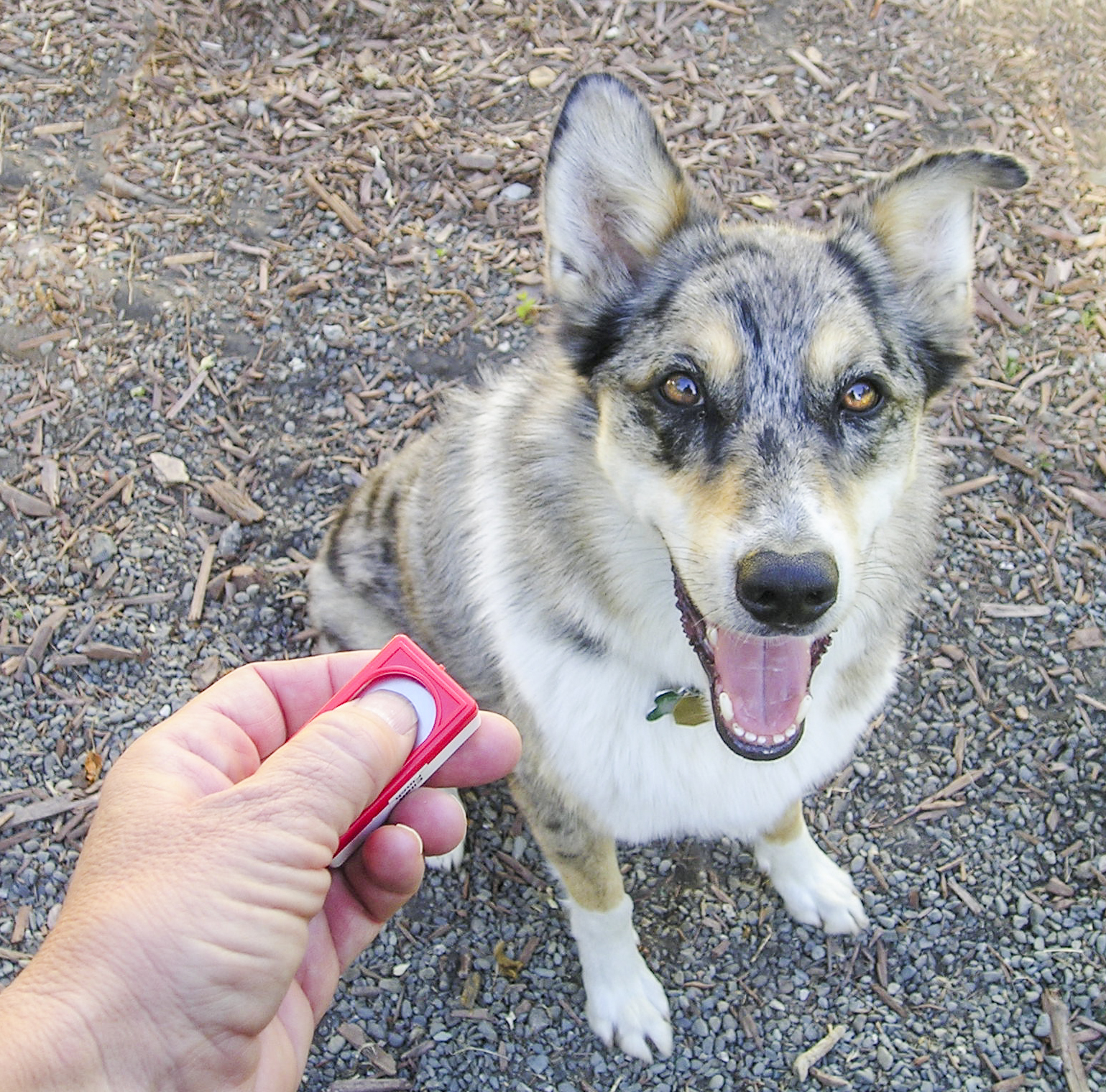 get referrals and find out what previous clients have to say about a trainer. You want to have an overall idea of their teaching methods, reliability, and manners. You also want a trainer who will include you in the training process. Work closely to identify behaviors that need to change, either on your side or your dog’s.
get referrals and find out what previous clients have to say about a trainer. You want to have an overall idea of their teaching methods, reliability, and manners. You also want a trainer who will include you in the training process. Work closely to identify behaviors that need to change, either on your side or your dog’s.
Is it Too Late to Train a Dog?
While some older dogs take more time to learn, it is never too late to train them. You can always teach them new tricks, retrain, or help them unlearn undesirable habits. When you introduce new commands, be sure to include things that will motivate the pooch. Use primary motivators like food, and secondary motivators such as physical affection and praise. At any given point in a dog’s life, it is possible to instil new concepts and modify behavior because canine friends are quite adaptable.
The Impact of Dog Training
Dog training has a great impact on both physical and mental stimulation. The ultimate goal is to make your pet have more self-control and become more obedient. It should thus be part of life if you want to live with a balanced and happier furry pal. However, it is not very effective on dogs with neurological disorders and physical limitations. In some rare cases, dogs may be predisposed to particular behaviors and they have a hard time adjusting to new commands. Training may help to overcome poor genetics.
How Different Dog Training Methods Work
Positive Reinforcement
In positive reinforcement, good behavior is rewarded and a bad habit is never acknowledged. To correct a manner, you must skip rewards or take away the toys and treats without making harsh punishments or reprimands. Good behavior must be rewarded within seconds so the puppy can associate it with a reward. Many trainers use positive reinforcement in conjunction with clicker training to signify the exact moment the dog completed the behavior. The commands need to be short and precise. You can reward the dog every time they follow a command for starters, and later use intermittent rewards once they have adapted to the new behavior. Be careful not to overfeed the dog when teaching.
Clicker Training
Based on operant conditioning, clicker training uses similar principles like positive reinforcement. The trainer uses a device to make a quick and sharp sound (clicker) to signal to a dog that the behavior is desirable. When used alongside verbal commands, the clicker can instil new habits. It is necessary to condition the dog to understand that a click means acknowledgment. With time, it starts to associate clicks with treats, toys, or praise. Then the trainer may introduce verbal commands to create a new association. Clicker training works well when you want your dog to learn new tri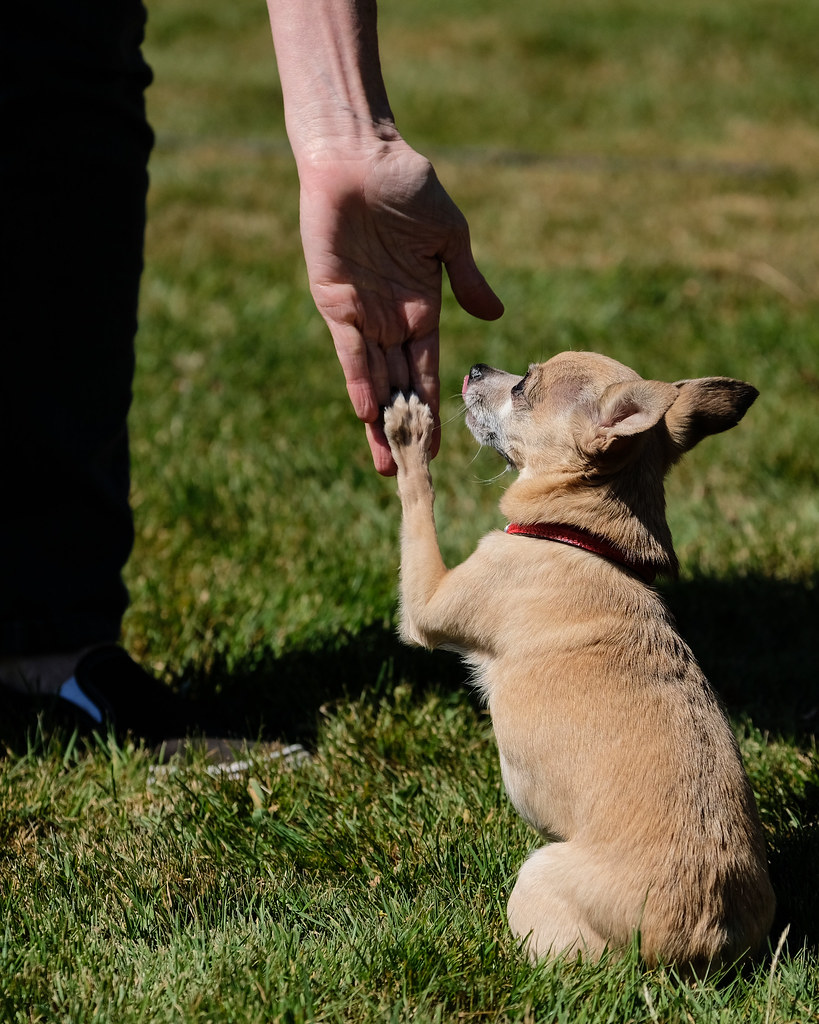 cks. However, it may not be a suitable method to curb unwanted behavior. Most dog trainers use it alongside other methods to mold a well-behaved pooch.
cks. However, it may not be a suitable method to curb unwanted behavior. Most dog trainers use it alongside other methods to mold a well-behaved pooch.
Electronic Training
As the name suggests, this method uses an electric collar to deliver citronella spray or shock when a dog fails to act according to the instructions. It is more effective when a leash is not an option, and the trainer doesn’t need to be close to the dog. Shock collars aim to keep a dog within boundaries in an unfenced yard. There are remote collars that train hounds to hunt or work in fields. Most pet owners claim that these devices are safer than choke collars and other mechanical leashes. But it is not for the average pet parents that may stress their animals or overuse the shocks.
Science-Based Training
Scientific training is based on information that is changing gradually. It focuses on understanding the nature of your canine friend, their level of adaptability, and the efficacy of the reward system. New studies and experiments continue to shape human’s understanding of dog psychology. Trainers try to understand dogs before correcting their behaviors. As such, this method requires a great deal of research and keeping abreast with the latest studies.
Maintaining a Good Relationship with Your Dog
One of the dog training methods entails an individualized approach to build a strong bond between dogs and humans. A good relationship can drive everything from communication to meeting the needs of a pet parent. As such you need to understand your dog’s body language and the reward that motivates him the most. Before a training session, know how to meet the basic needs of your pooch. You have the power to control the dog’s environment to limit unwanted habits. Remember that the success of new information depends on previous interactions. For instance, make your dog learn to sit in a quiet room before commanding it in a park full of people and other pets. With time, you can increase the difficulty of commands.
Sometimes your pup may not perform as desired, and this is not the time to be harsh. Rather, find out what the problem is. Maybe the dog has developed a hearing problem, is hurting, or focusing on distractions. Developing a meaningful bond 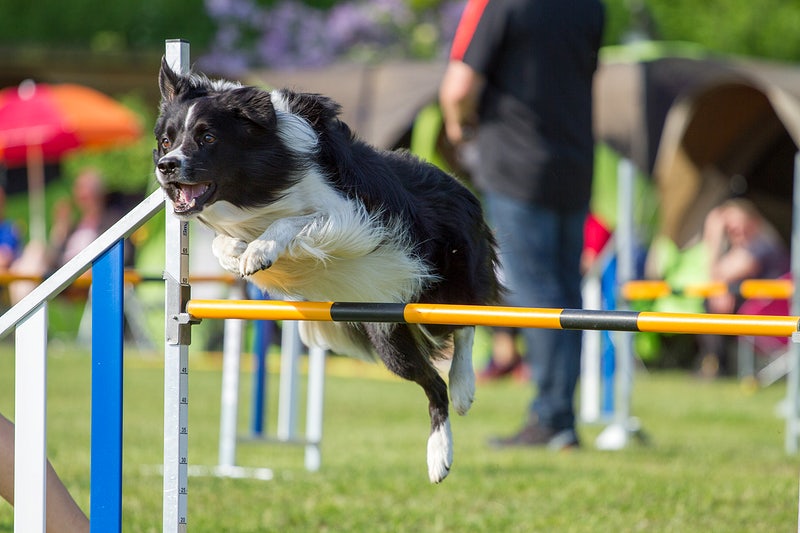 takes time and you must be patient. Keep in mind that you must include many aspects of other dog training methods from positive reinforcement, clicker training, and electronic collars. Eventually, the bond will improve no matter the type of training used.
takes time and you must be patient. Keep in mind that you must include many aspects of other dog training methods from positive reinforcement, clicker training, and electronic collars. Eventually, the bond will improve no matter the type of training used.
Like human’s dogs are keen, and they always know when parents have their attention. So, when you rub his back when scrolling your phone, you are not giving him the best attention. This calls for quality time together e.g., strolling, hanging out, grooming, and attending the training sessions. For each activity, make sure you are available for at least 30 minutes. As hinted above, communication is critical to strong bonds. Let your training signals be consistent to share a greater understanding with your puppy. Dogs pay more attention to the actions rather than words, so use visuals more than vocals.
Effective Training Tips for a New Dog
It is exciting to bring a new companion home, but it is more important to start training immediately. Not sure how to begin with a puppy or an adult dog? It is advisable to consult a private trainer and take classes and start implementing lessons right away. To be on the right track, note down these hacks.
Find a Perfect Name
Choosing a dog’s name is part of a successful training process. However, some names are known to be more effective in training sessions. Consider a short name with a strong consonant at the end, e.g., ginger, Jasper, and Jack to perk up the ears. But an older dog 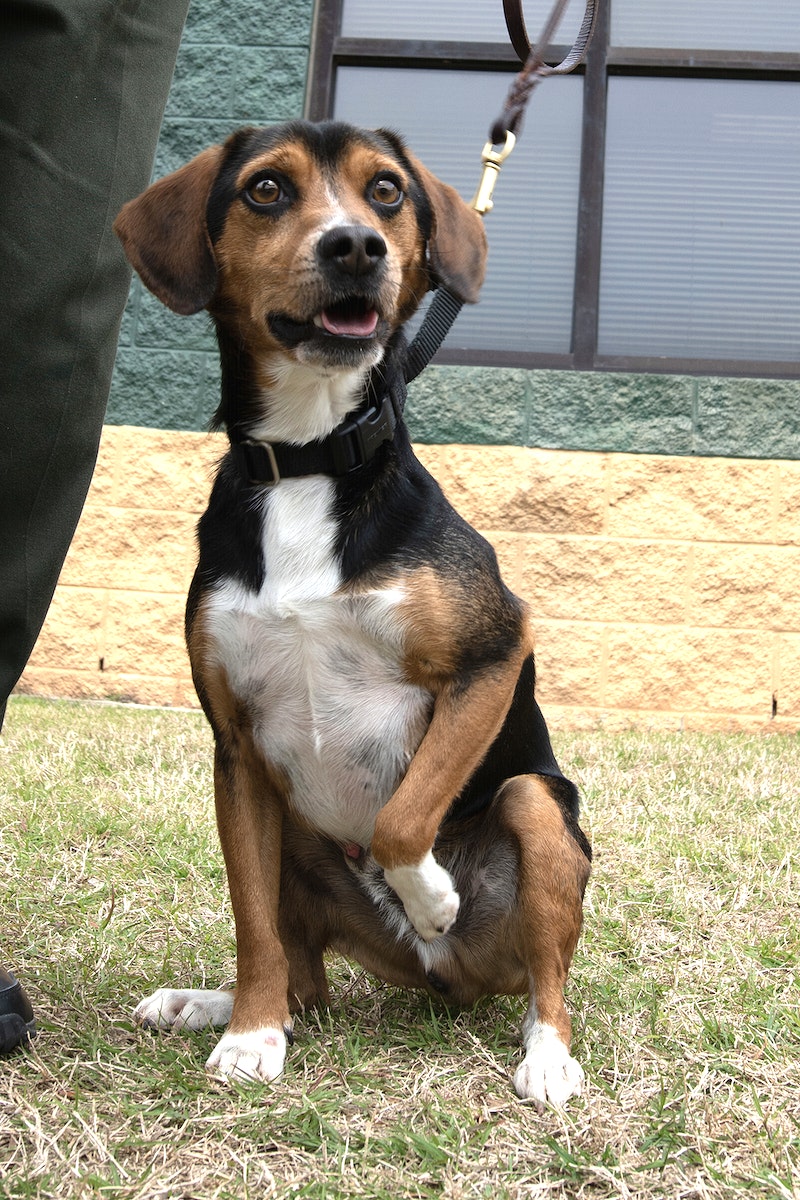 with a name, there’s no need to change it. If your new furry friend is coming from an abusive environment, you might want to give it a new name for a fresh start and use it consistently. Overall, associate a new identity with pleasant experiences and fun like plays, dinnertime, and treats.
with a name, there’s no need to change it. If your new furry friend is coming from an abusive environment, you might want to give it a new name for a fresh start and use it consistently. Overall, associate a new identity with pleasant experiences and fun like plays, dinnertime, and treats.
Train Your Pet to Come by Calling Their Name
This is usually the first command and will require you to get to your pup’s level to tell him to come. Use positive reinforcement tips with toys or foods. As the puppy gets older, you’ll appreciate better this command.
Mistakes First Time Dog Owners Make
Many new dog owners find it challenging to care for their newest family pet members. Check out a few mistakes to avoid.
Not Setting the House Rules in Advance
Failure to set rules in advance is a major cause of confusion. Decide on what your canine friend can or cannot do even before you bring him home. Do you want them to sit with you on the couch or bed or should you get them their own chair?
Denying Your Dog a Private Den
Like human beings, dogs love their own space for sleeping. Sometimes, they need time alone in a comfortable place which is fundamental to housetraining. Appreciate the pooch when they are quiet and relaxed.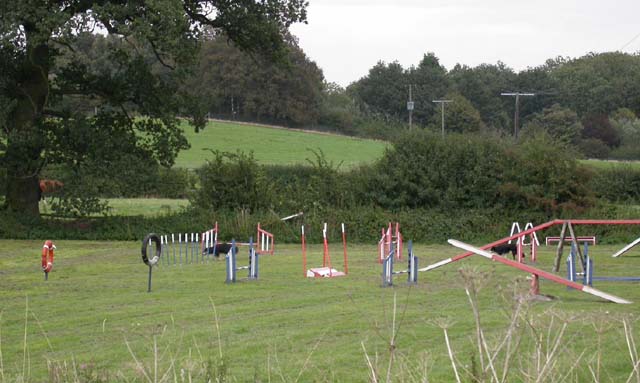 Give them something like a warm water bottle and keep a ticking clock at the sleeping crate to soothe them to sleep. This is more helpful for a new hound that has come from a loud, busy shelter.
Give them something like a warm water bottle and keep a ticking clock at the sleeping crate to soothe them to sleep. This is more helpful for a new hound that has come from a loud, busy shelter.
Skipping Obedience Lessons
Obedience classes should start as soon as possible to prevent puppies from developing unwanted behavior like aggression. Earlier dog training acts as a preventative measure to solve cropping issues. Be quick to recognize naughty behavior and correct it immediately. Teach the pup discipline, respect, and commands to make integration easier.

